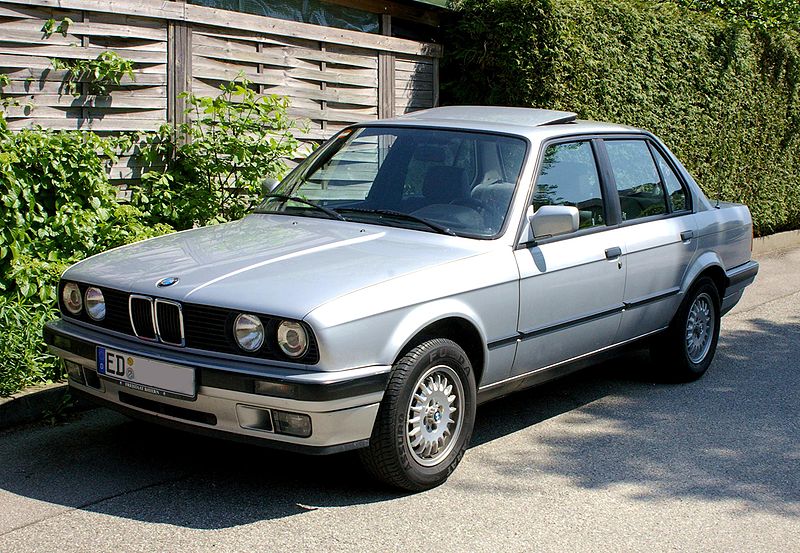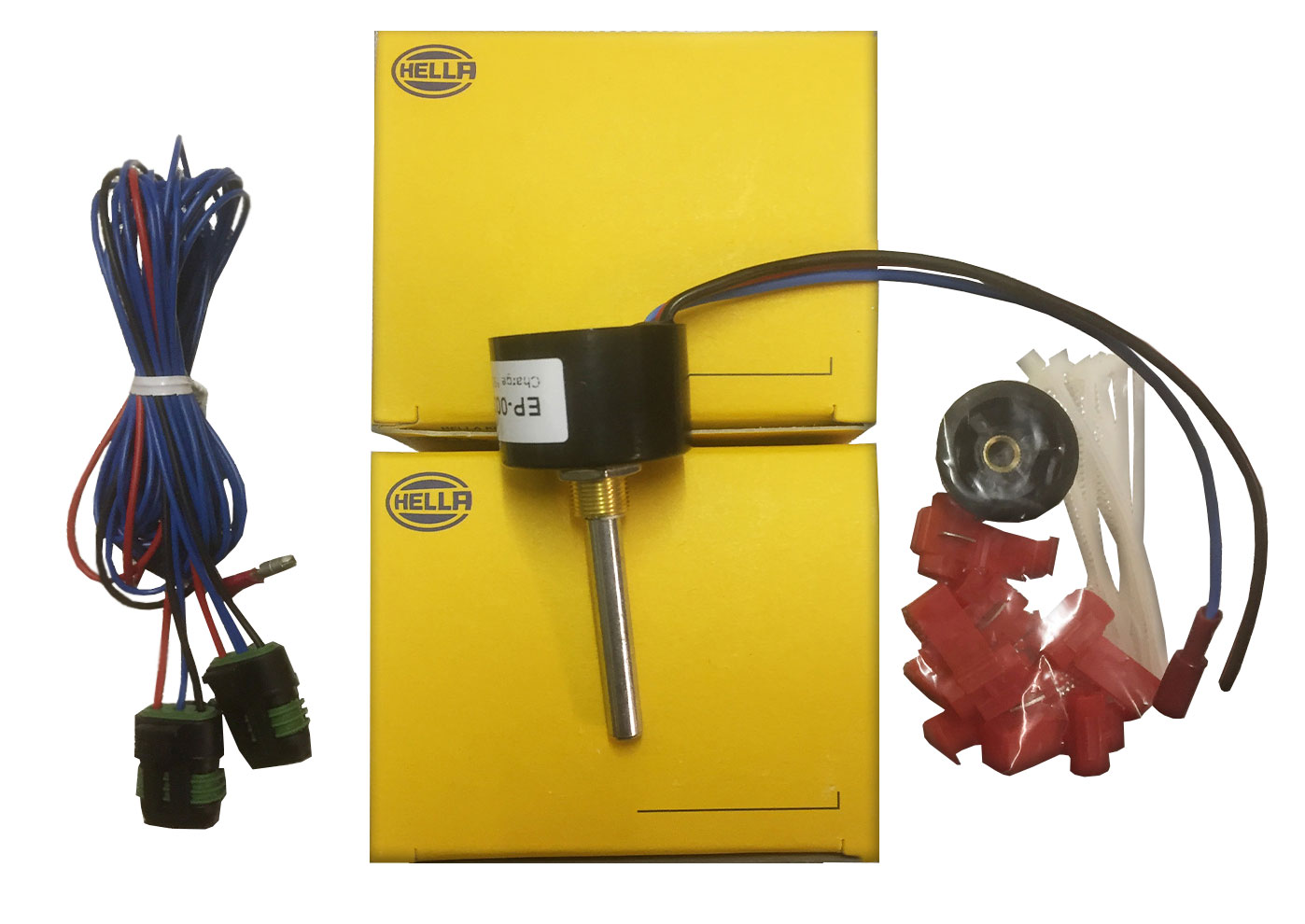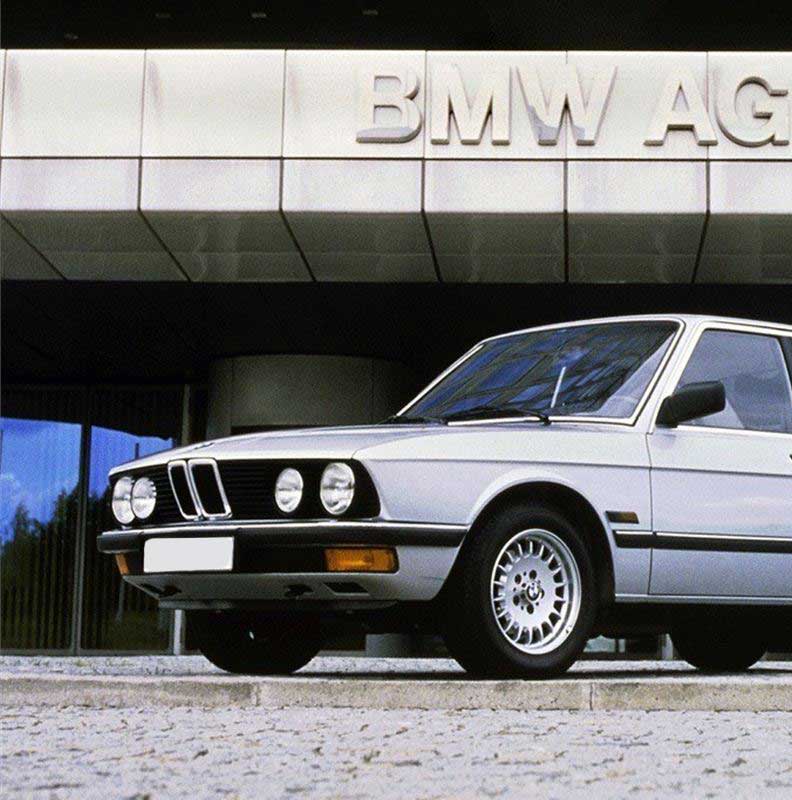Description
The BMW E30 is the second generation of BMW 3 Series, which was produced from 1982-1994 and replaced the E21 3 Series.
The model range included coupé and convertible body styles, as well as being the first 3 Series to be produced in sedan and wagon/estate body styles. It was powered by four-cylinder petrol, six-cylinder petrol and six-cylinder diesel engines, the latter a first for the 3 Series.
The E30 325iX model was the first 3 Series to have all-wheel drive. The first BMW M3 model was built on the E30 platform and was powered by the high-revving BMW S14 four-cylinder petrol engine, which produced 175 kW (235 bhp) in its final European-only iteration. The BMW Z1 roadster was also based on the E30 platform.
Production of the E30 began to wind down in 1990, due to the introduction of the E36 3 Series coupé models. Sedan production concluded on April 30, 1991 at Regensburg. Other variants were phased out gradually, until the final E30 model, a Touring, was produced in 1994.
The BMW E30 is the second generation of BMW 3 Series, which was produced from 1982-1994 and replaced the E21 3 Series.
The model range included coupé and convertible body styles, as well as being the first 3 Series to be produced in sedan and wagon/estate body styles. It was powered by four-cylinder petrol, six-cylinder petrol and six-cylinder diesel engines, the latter a first for the 3 Series.
The E30 325iX model was the first 3 Series to have all-wheel drive. The first BMW M3 model was built on the E30 platform and was powered by the high-revving BMW S14 four-cylinder petrol engine, which produced 175 kW (235 bhp) in its final European-only iteration. The BMW Z1 roadster was also based on the E30 platform.
Production of the E30 began to wind down in 1990, due to the introduction of the E36 3 Series coupé models. Sedan production concluded on April 30, 1991 at Regensburg. Other variants were phased out gradually, until the final E30 model, a Touring, was produced in 1994.
New conversion kit C.HEL.24N.RSMLSTD
Ready-made electrical LWR conversion kit as a replacement for the hydraulic headlight range control, consisting of:
- 2 new servomotors
- 1 new round LWR switch for the interior
- very detailed illustrated installation instructions
- Various installation materials
- 1 cable set (new and suitably assembled)
- Somewhere on the back of the headlamp there should be a knob that can be used to manually adjust the headlamp beam by turning it. If you remove this knob, an LWR servomotor should be used in the same place instead so that the control can then be carried out electrically. After removing the manual adjustment, the “installation hole” should look like the last picture with the 3 recesses arranged in a circle.
- It should also be noted that the function of the ultrasonic sensor is only guaranteed in the range from 22 cm to 100 cm, so the vehicle should be within this range with its ground clearance.
- 1 electronic control (interface)
- 1 ultrasonic sensor
- 2 Hella servomotors
- Illustrated detailed installation instructions
- Ready-made cable set with assembled
- confusion-proof plugs
From that:
- 5m supply line to the ultrasonic sensor
- 2.5 m supply cable for driver side driver
- 2.1 m power cable from driver’s side to passenger’s side
- 0.2 m power connection (ground and 12 volts)






